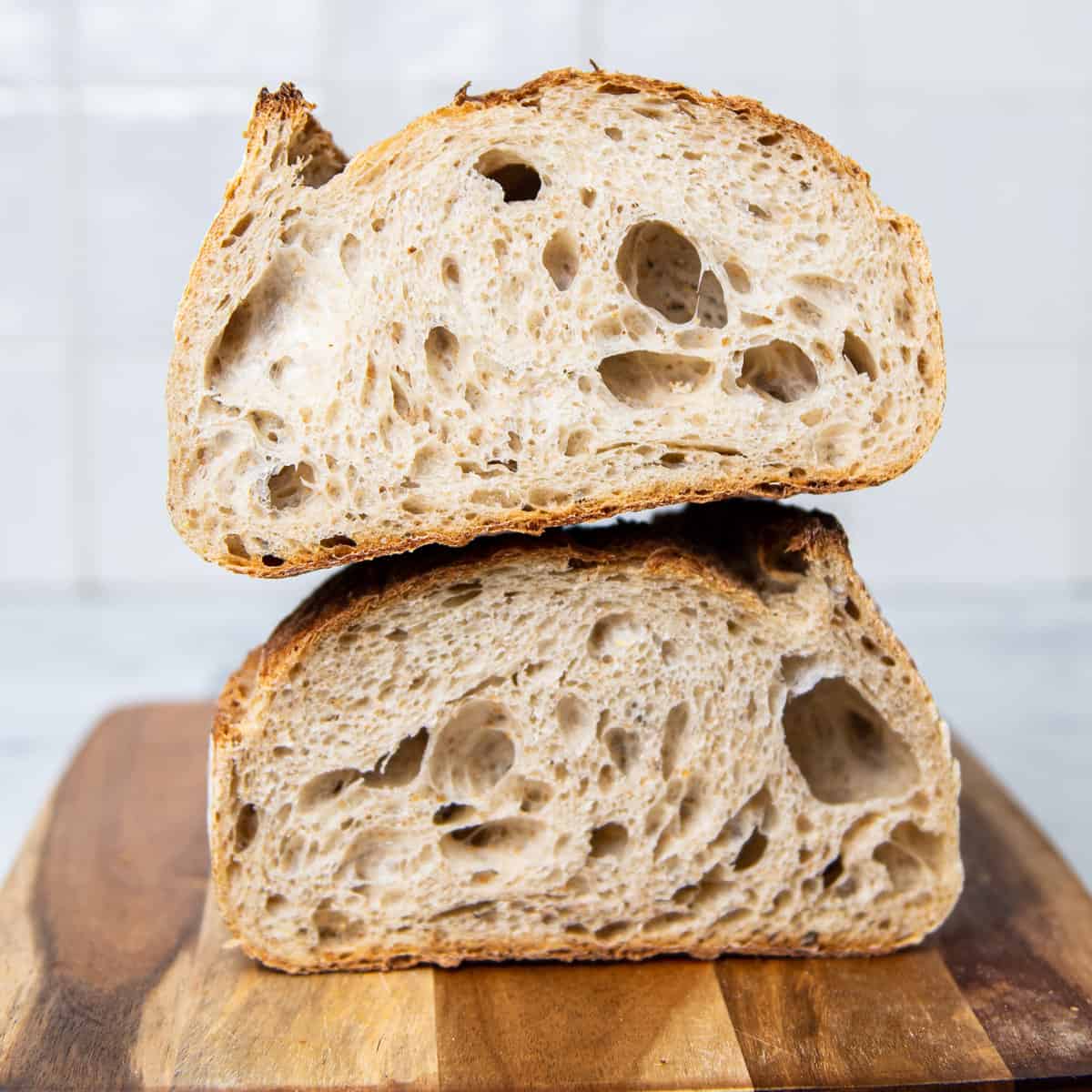

Articles
How To Store Sourdough Bread After Cutting
Modified: February 23, 2024
Learn the best tips to store your sourdough bread after cutting and keep it fresh for longer. Read our articles now!
(Many of the links in this article redirect to a specific reviewed product. Your purchase of these products through affiliate links helps to generate commission for Storables.com, at no extra cost. Learn more)
Introduction
Welcome to the world of sourdough bread! With its rich flavor, chewy texture, and enticing aroma, sourdough bread has become a favorite among bread enthusiasts. Whether you bake it yourself or purchase it from a local bakery, one thing remains crucial – storing sourdough bread properly after cutting.
Proper storage is essential to maintain the freshness, texture, and flavor of your sourdough bread. If not stored correctly, your loaf can quickly become stale or dry, losing its characteristic taste and enjoyable eating experience.
In this article, we will explore the importance of storing sourdough bread correctly and provide you with simple steps to ensure your bread stays fresh and delicious for as long as possible. So, let’s dive in and uncover the secrets to proper sourdough bread storage!
Key Takeaways:
- Properly storing sourdough bread after cutting is crucial to maintain its freshness, texture, and flavor. Whether wrapping, using a bread box, or freezing, following the right storage techniques will help extend the shelf life of your sourdough bread and ensure its quality.
- By understanding the importance of storing sourdough bread properly, you can avoid waste and enjoy every slice to its fullest. Whether you’re a baking enthusiast or simply a lover of delicious bread, these storage methods and tips will help you make the most of your sourdough loaves.
Read more: How To Store Sourdough Bread After Baking
Why is it important to store sourdough bread properly?
Properly storing sourdough bread is crucial to preserve its quality, taste, and texture. Here are a few reasons why it’s important to give attention to storing your sourdough bread:
- Prolongs freshness: Sourdough bread is known for its extended shelf life compared to other bread types. However, once it’s cut, the exposed crumb becomes vulnerable to moisture loss and staling. By storing it properly, you can help prolong its freshness and keep it soft and moist for a longer time.
- Maintains texture: Sourdough bread has a unique chewy texture that many people love. Improper storage can lead to the bread becoming hard, tough, or chewy. By following the right storage techniques, you can preserve its delightful texture and ensure a pleasant eating experience.
- Preserves flavor: Sourdough bread is renowned for its complex and tangy flavor, which is a result of the fermentation process. If not stored correctly, the bread’s flavor can deteriorate, resulting in a less enjoyable taste. Proper storage techniques help maintain the bread’s delightful flavor profile.
- Reduces waste: By storing sourdough bread properly, you can reduce the likelihood of it going stale or developing mold. This helps prevent unnecessary waste and ensures that you can enjoy every last slice of your delicious loaf.
By understanding the importance of proper sourdough bread storage, you can take the necessary steps to optimize its shelf life and preserve its quality. Now, let’s delve into the various methods to store sourdough bread after cutting!
Steps to store sourdough bread after cutting
Once you’ve sliced into your fresh sourdough bread, it’s essential to store it properly to maintain its freshness and quality. Follow these simple steps to properly store sourdough bread after cutting:
- Cool the bread: Allow the freshly cut bread to cool completely before storing it. This helps prevent condensation inside the storage container, which can lead to moisture buildup and accelerate staleness.
- Choose the right storage option: There are a few different options to consider when it comes to storing sourdough bread: wrapping it in a bread bag or plastic wrap, using a bread box or airtight container, or freezing it. Choose the method that best suits your needs and preferences.
- Wrap in a bread bag or plastic wrap: If you’re looking for a simple and convenient storage method, wrapping your sliced sourdough bread in a bread bag or plastic wrap is a good option. Make sure to wrap it tightly to prevent air from entering and causing the bread to dry out.
- Store in a bread box or airtight container: Another option for storing sourdough bread is using a bread box or an airtight container. These containers create a controlled environment that helps maintain the bread’s moisture and prevents it from becoming stale. Keep in mind that if you store the bread in a container for an extended period, it may become slightly chewier.
- Freeze sliced sourdough bread: Freezing sliced sourdough bread is a great option for long-term storage. Wrap the individual slices tightly in plastic wrap or place them in a resealable freezer bag. When you’re ready to enjoy the bread, simply thaw it at room temperature or toast it straight from the freezer.
By following these steps, you can effectively store your sourdough bread after cutting and ensure its freshness and quality are maintained. Next, we’ll explore each storage option in more detail, providing you with the necessary tips and tricks to do it right!
Option 1: Wrapping in a bread bag or plastic wrap
Wrapping your sliced sourdough bread in a bread bag or plastic wrap is a simple and convenient method of storage. Here’s how you can do it:
- Wait for the bread to cool: Before wrapping the bread, ensure that it has cooled completely. This prevents condensation from forming inside the bag or wrap, which can lead to soggy or stale bread.
- Cut a suitable-sized piece: Take a piece of bread bag or plastic wrap that is large enough to completely enclose the sliced bread. The wrap should have enough excess to seal the edges tightly.
- Place the bread on the wrap: Gently place the sliced sourdough bread onto the center of the wrap. Ensure that the slices are arranged neatly and not overlapping to maintain their individual shape and prevent squishing.
- Wrap the bread tightly: Starting from one end, fold the wrap over the bread and pull it tightly to create a snug enclosure. Continue rolling the bread while keeping it tightly wrapped until you reach the other end. Make sure all edges are sealed to prevent any air from entering.
- Label and store: If you have multiple loaves or different types of bread, it’s a good practice to label the wrapped bread with the date and any additional notes. This will help you keep track of freshness and make it easier to locate when needed. Store the wrapped bread in a cool, dry place away from direct sunlight.
Wrapping your sliced sourdough bread in a bread bag or plastic wrap helps retain moisture and prevents it from drying out. It provides a simple and effective storage solution that keeps the bread fresh for a few days. However, keep in mind that this method might not be as airtight as other options, so it’s important to consume the bread within a few days for best results.
Next, we’ll explore another popular storage option – using a bread box or airtight container.
Store sourdough bread after cutting by wrapping it in a clean, dry cloth or paper bag to prevent it from drying out. Avoid using plastic bags, as they can create moisture and make the bread soggy.
Option 2: Storing in a bread box or airtight container
If you prefer a more eco-friendly and long-term storage solution for your sourdough bread, using a bread box or an airtight container is an excellent choice. Here’s how you can store your sliced bread using this method:
- Cool the bread: Ensure that the freshly cut sourdough bread has completely cooled before storing it. This prevents moisture from building up inside the container.
- Select a suitable container: Choose a bread box or an airtight container that is large enough to accommodate the sliced sourdough bread without squeezing or cramming the pieces together. Avoid containers that are too big, as excess air can promote drying of the bread.
- Prepare the container: Clean the bread box or container thoroughly and ensure it is dry before placing the bread inside. This helps maintain cleanliness and prevents any potential contaminants from affecting the bread’s quality.
- Arrange the bread: Place the sliced sourdough bread in a single layer inside the container. Make sure the slices are not overlapping to ensure proper air circulation.
- Seal the container: Close the lid or seal the container tightly to create an airtight environment. This helps retain the bread’s moisture and prevents it from becoming stale. Ensure that no gaps or openings remain that could allow air to enter.
- Store in a suitable location: Find a cool, dry spot away from direct sunlight to store the bread box or airtight container. Avoid storing it near sources of heat or in areas with high humidity, as these conditions can affect the bread’s freshness.
Storing your sliced sourdough bread in a bread box or airtight container helps maintain its moisture and texture for a more extended period compared to other storage methods. It provides a controlled environment that prevents the bread from drying out or becoming stale too quickly.
Remember, while this storage option offers good results, it’s still recommended to consume the bread within a few days for the best taste and quality. If you have a large amount of bread or want to keep it for an extended period, freezing might be a better option, which we will explore next.
Read more: How To Store Sourdough
Option 3: Freezing sliced sourdough bread
If you have a surplus of sliced sourdough bread or want to store it for an extended period, freezing is a great option. Freezing helps preserve the bread’s freshness and allows you to enjoy it at a later time. Follow these steps to freeze your sliced sourdough bread:
- Cool the bread: Ensure that the sliced sourdough bread has completely cooled before freezing. Freezing warm bread can lead to excess moisture and adversely affect the texture.
- Wrap the slices: Individually wrap the slices tightly with plastic wrap or place them in resealable freezer bags. This provides an extra layer of protection against freezer burn and helps maintain the bread’s moisture.
- Label and date: To easily identify and keep track of the frozen sourdough bread, label each wrap or bag with the date of freezing. This ensures that you can prioritize using the oldest bread first.
- Place in the freezer: Arrange the wrapped or bagged slices in a single layer within the freezer to allow for even freezing. Avoid stacking the slices on top of each other, as this can cause them to stick together.
- Thawing: When you’re ready to enjoy the frozen sourdough bread, remove the desired number of slices from the freezer and allow them to thaw at room temperature. Alternatively, you can toast the slices directly from the freezer for a quick and delicious treat.
Freezing sliced sourdough bread is a convenient option for long-term storage. It helps maintain the bread’s texture, flavor, and freshness for several weeks. However, it’s worth noting that frozen bread may have a slightly different texture compared to freshly baked bread. Nevertheless, it can still be enjoyed and used in various dishes and recipes.
Remember to consume the frozen sourdough bread within a reasonable timeframe for the best taste and quality. Properly stored frozen bread can maintain its quality for up to three months, but it’s recommended to use it within one to two months for optimal results.
Now that you have learned about the different storage methods for sourdough bread, let’s explore some useful tips for maintaining its freshness and quality.
Tips for maintaining freshness and quality
To ensure your sourdough bread stays fresh, delicious, and enjoyable, consider the following tips for maintaining its freshness and quality:
- Wrap and store immediately: After cutting or purchasing a loaf of sourdough bread, wrap it tightly or store it in an appropriate container as soon as possible. This helps prevent air exposure and moisture loss, keeping the bread fresher for longer.
- Avoid refrigeration: Unlike other types of bread, sourdough bread does not fare well in the refrigerator. The cold temperatures can cause the bread to dry out and lose its flavor. It’s best to store sourdough bread at room temperature.
- Consume within a few days: While sourdough bread has a longer shelf life compared to other breads, it is at its best within the first few days of baking or purchase. Aim to consume the bread within this timeframe for optimal flavor and texture.
- Toast or reheat: If your sourdough bread starts to lose its moisture or becomes slightly stale, consider toasting or reheating it. This can revive the bread and bring back some of its crustiness and freshness.
- Store loaves whole: If you’re not planning to consume the entire loaf at once, it’s best to store it as a whole rather than slicing it. Sliced bread tends to dry out faster than whole loaves.
- Make breadcrumbs or croutons: If you find your sourdough bread going stale, repurpose it by making breadcrumbs or croutons. Simply process the bread into crumbs or cut it into cubes, toss with seasonings or oil, and bake until crispy. These homemade additions can be used in a variety of dishes, reducing waste while adding flavor.
- Do not store with moisture-rich foods: Avoid storing sourdough bread with moisture-rich foods like fruits or vegetables, as they can transfer moisture and cause the bread to become damp or moldy.
By implementing these tips, you can prolong the freshness and quality of your sourdough bread, ensuring that every slice is a delight to savor.
Now that you have learned how to store sourdough bread after cutting, the importance of proper storage, and essential tips for maintaining freshness and quality, you can confidently enjoy your homemade or store-bought sourdough bread knowing it will stay delicious for longer.
Happy baking and savoring your sourdough bread!
Conclusion
Properly storing sourdough bread after cutting is essential to maintain its freshness, texture, and flavor. Whether you choose to wrap it in a bread bag, store it in a bread box, or freeze it, following the right storage techniques will help extend the shelf life of your sourdough bread and ensure its quality.
By understanding the importance of storing sourdough bread properly, you can avoid waste and enjoy every slice to its fullest. Whether you’re a baking enthusiast or simply a lover of delicious bread, these storage methods and tips will help you make the most of your sourdough loaves.
Remember to cool the bread before storing, choose the appropriate storage option for your needs, and label and date your bread to keep track of freshness. Whether you enjoy the bread fresh or use it in various recipes, proper storage will ensure that your sourdough bread remains moist, flavorful, and delightful to eat.
So the next time you slice into a fresh loaf of sourdough bread, follow these storage guidelines to maintain its quality. Whether it’s a simple sandwich, a slice of toast, or a gourmet creation, you’ll be able to savor the rich taste and chewy texture that sourdough bread is famous for.
Embrace the art of proper sourdough bread storage, and let your love for this beloved bread continue to grow with every delicious bite.
Frequently Asked Questions about How To Store Sourdough Bread After Cutting
Was this page helpful?
At Storables.com, we guarantee accurate and reliable information. Our content, validated by Expert Board Contributors, is crafted following stringent Editorial Policies. We're committed to providing you with well-researched, expert-backed insights for all your informational needs.
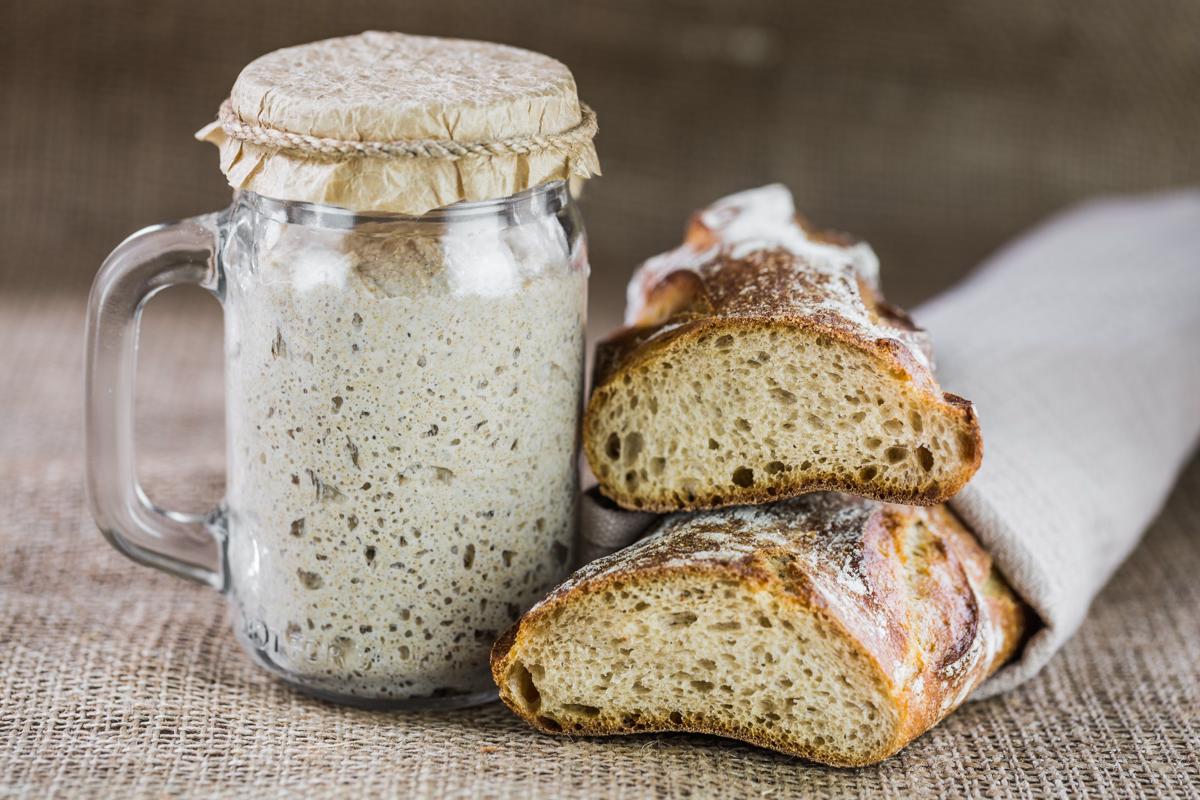
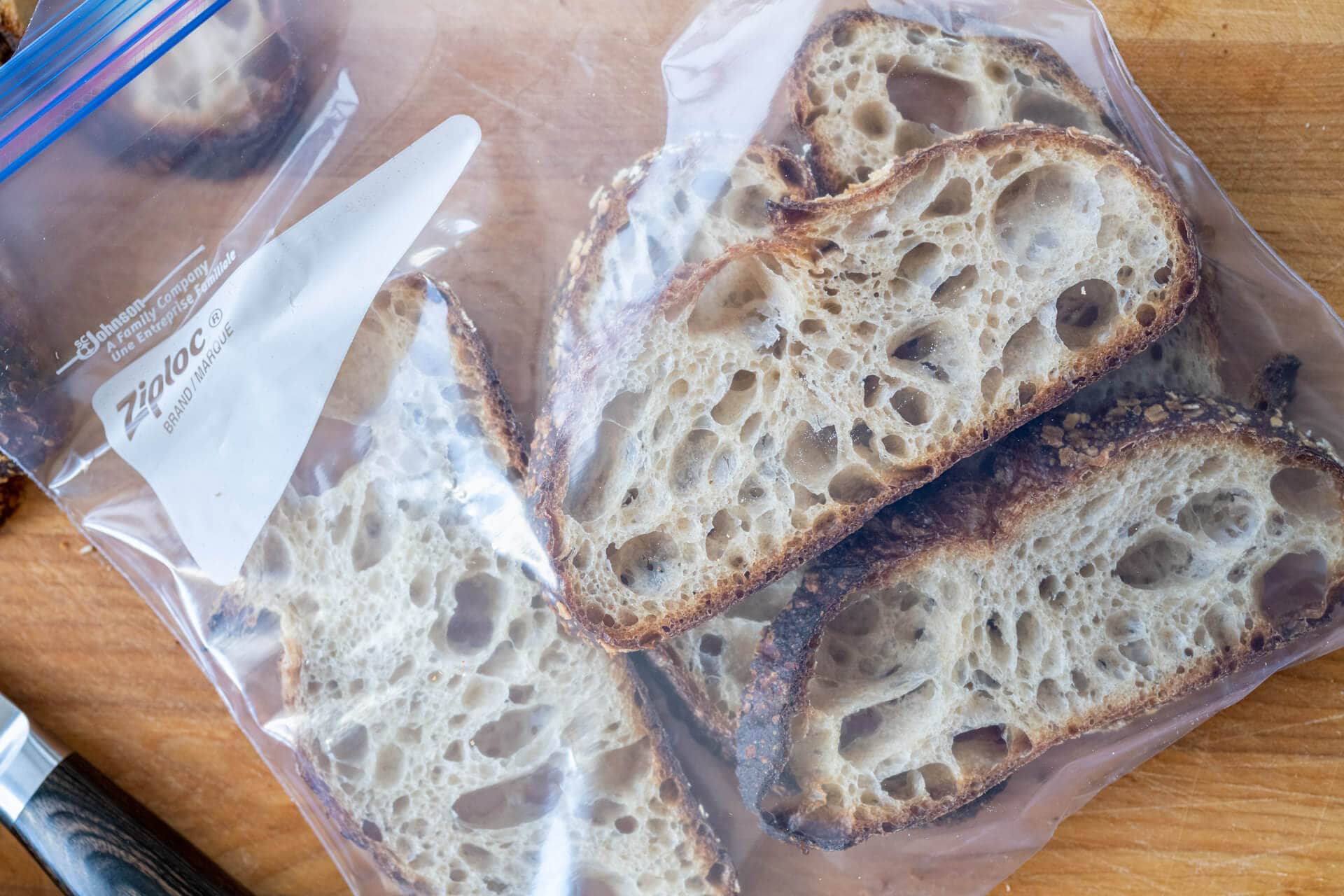
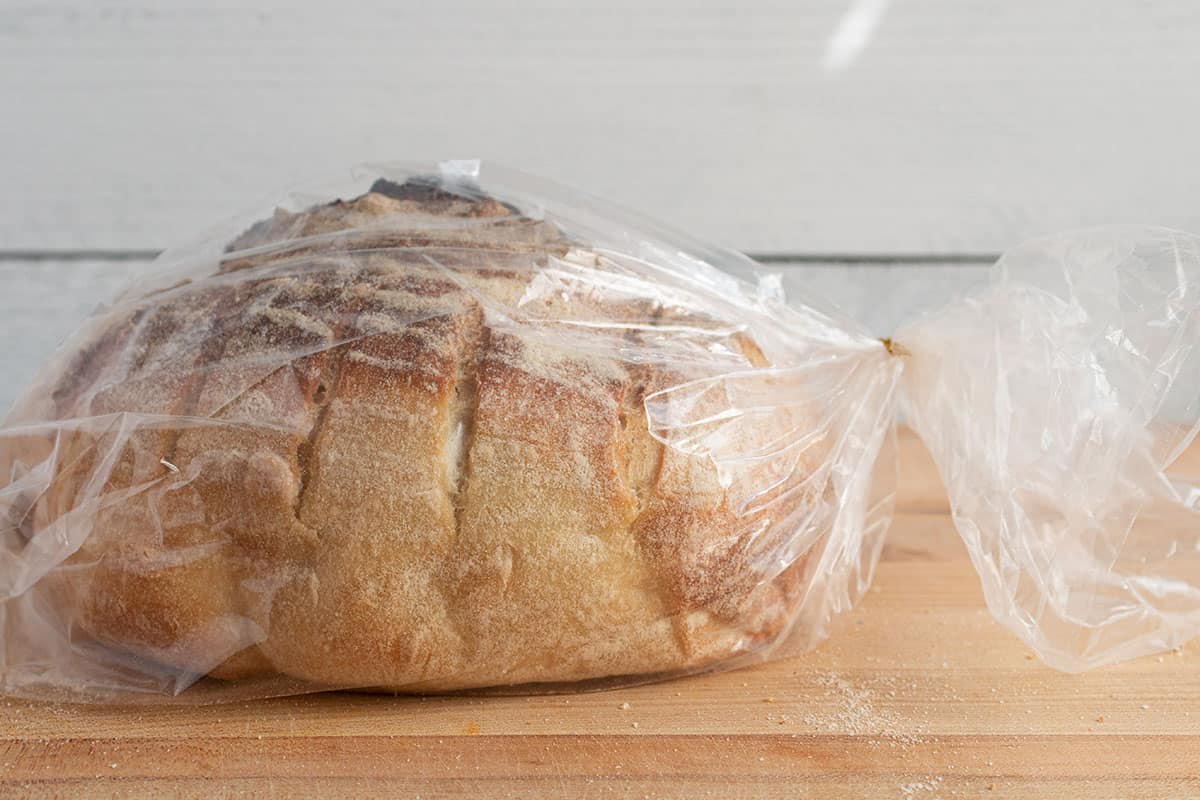
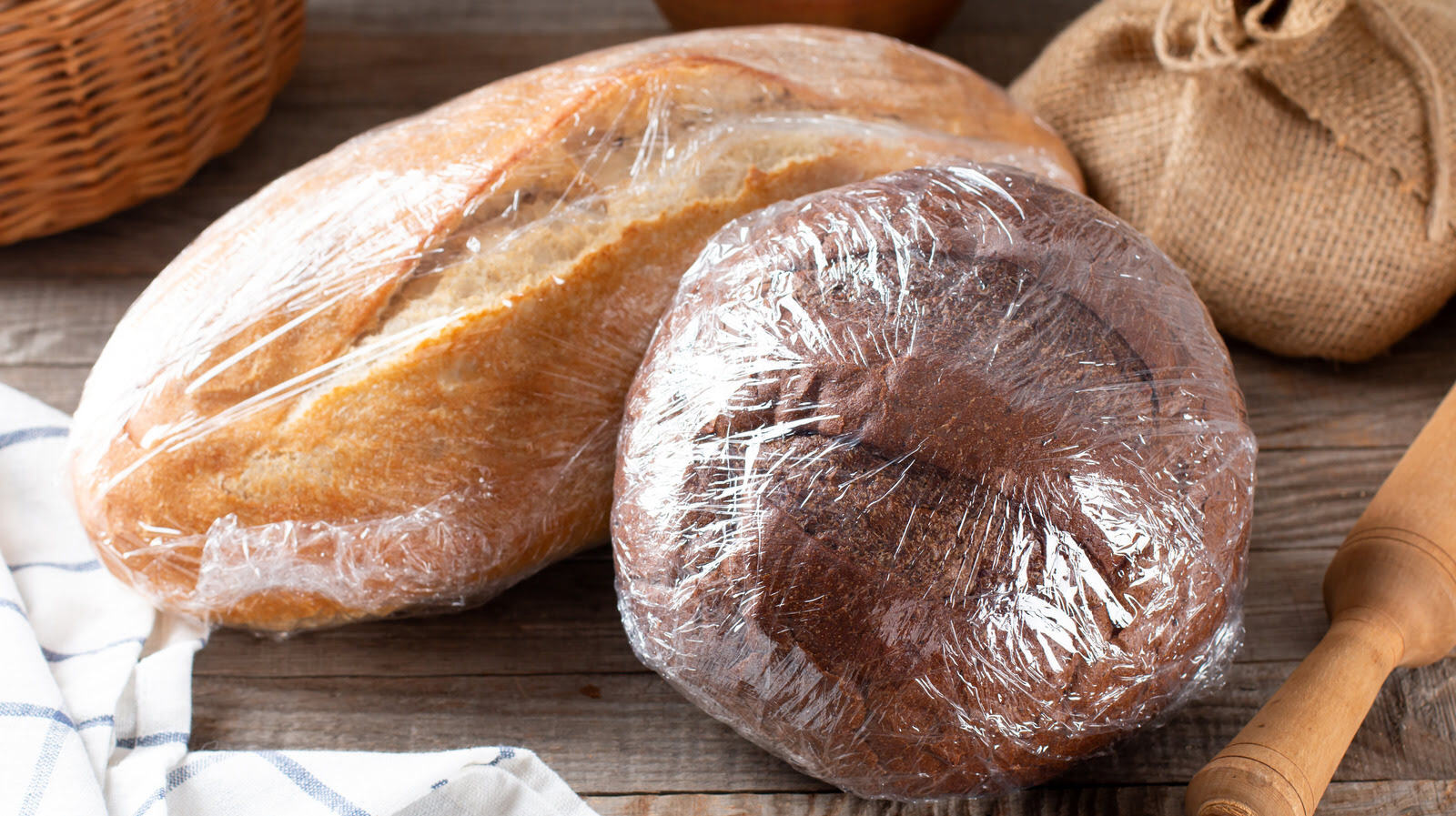
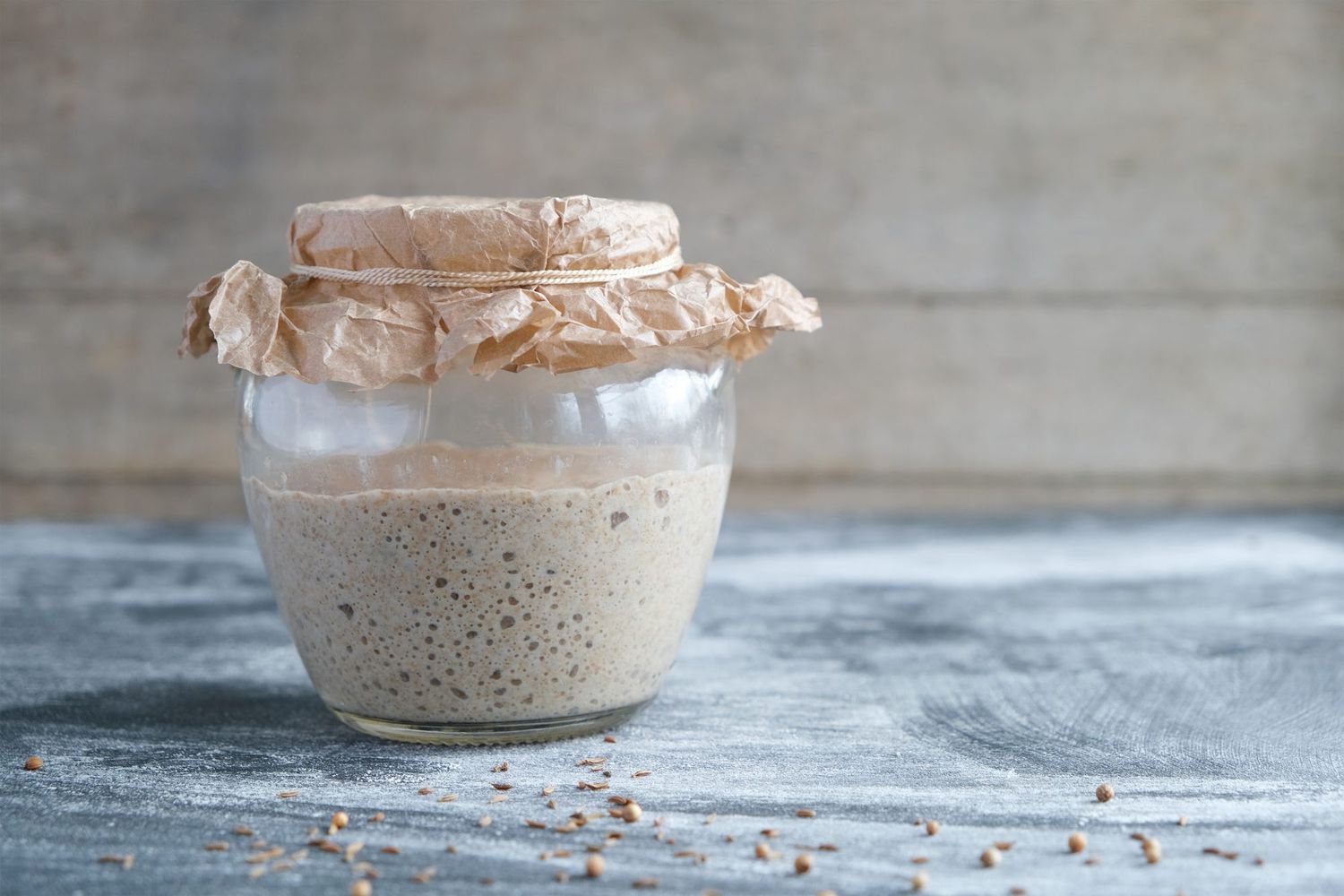
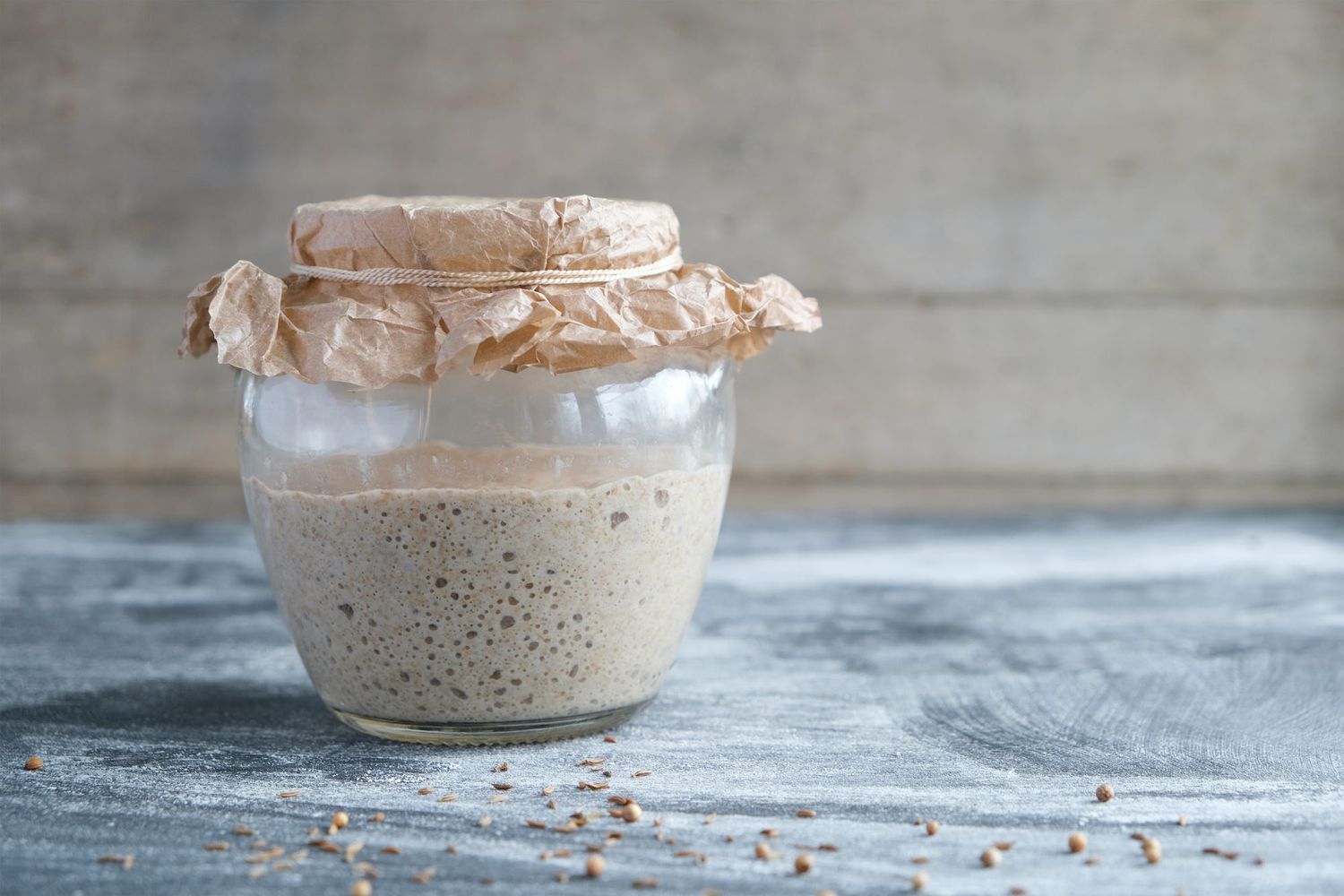
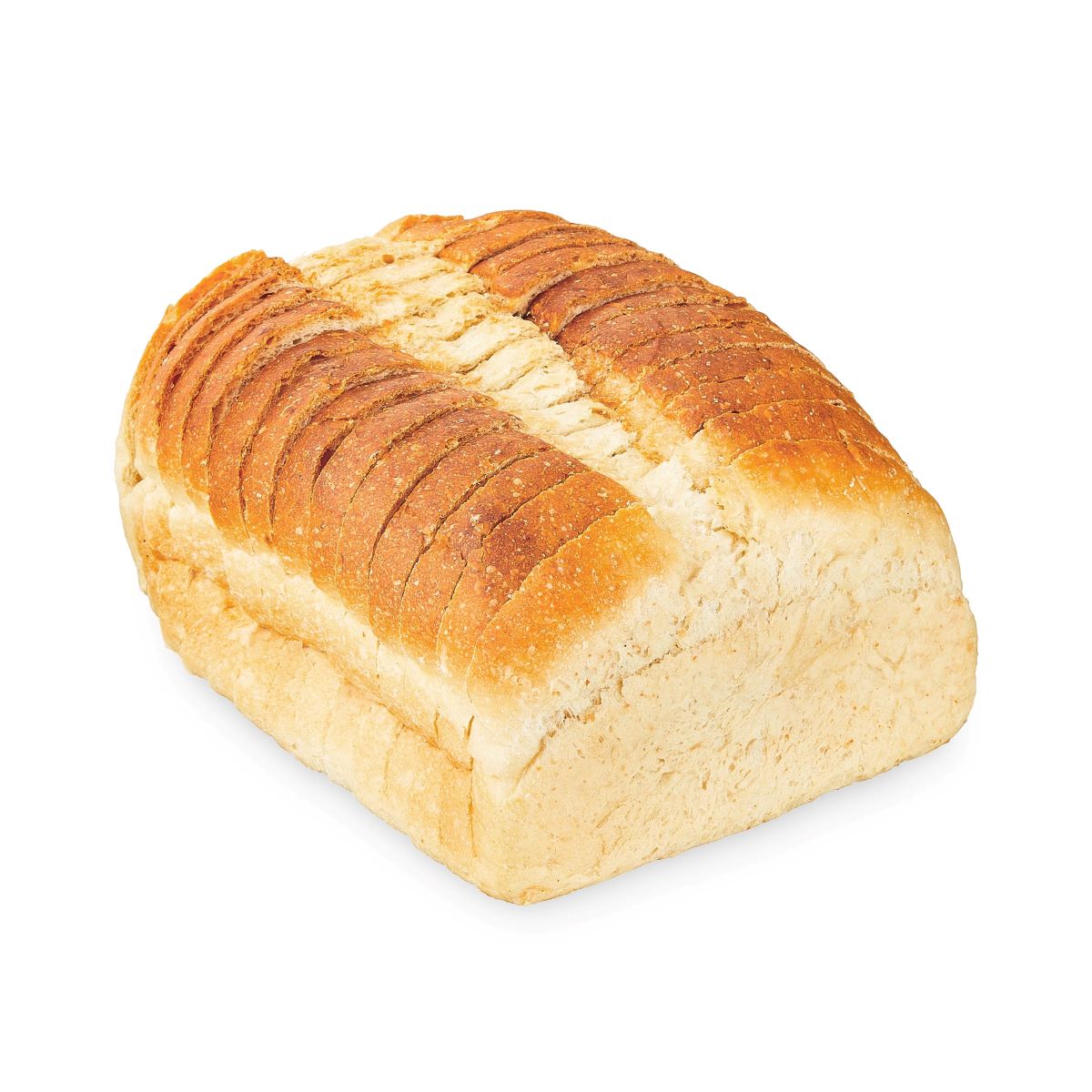
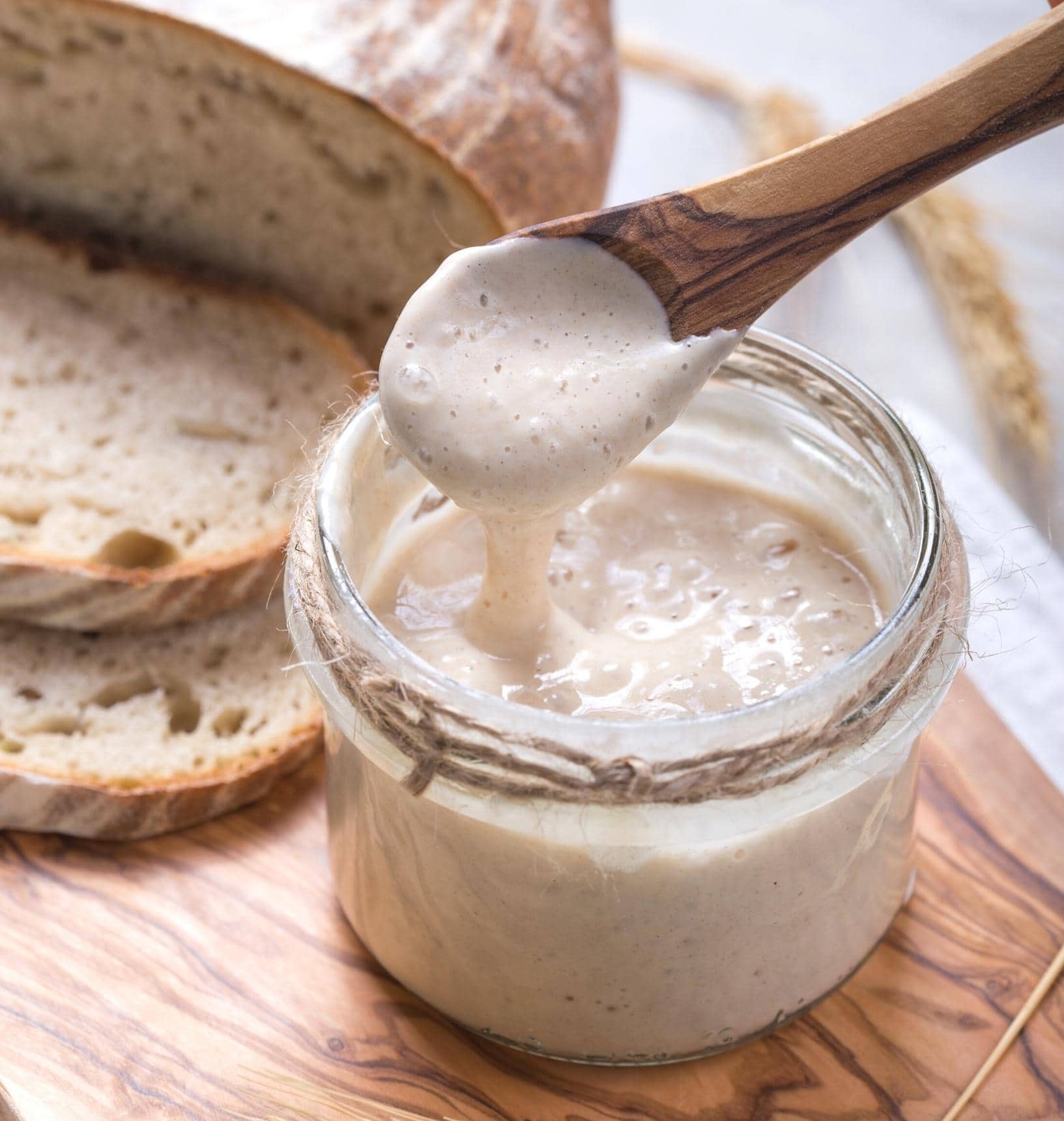
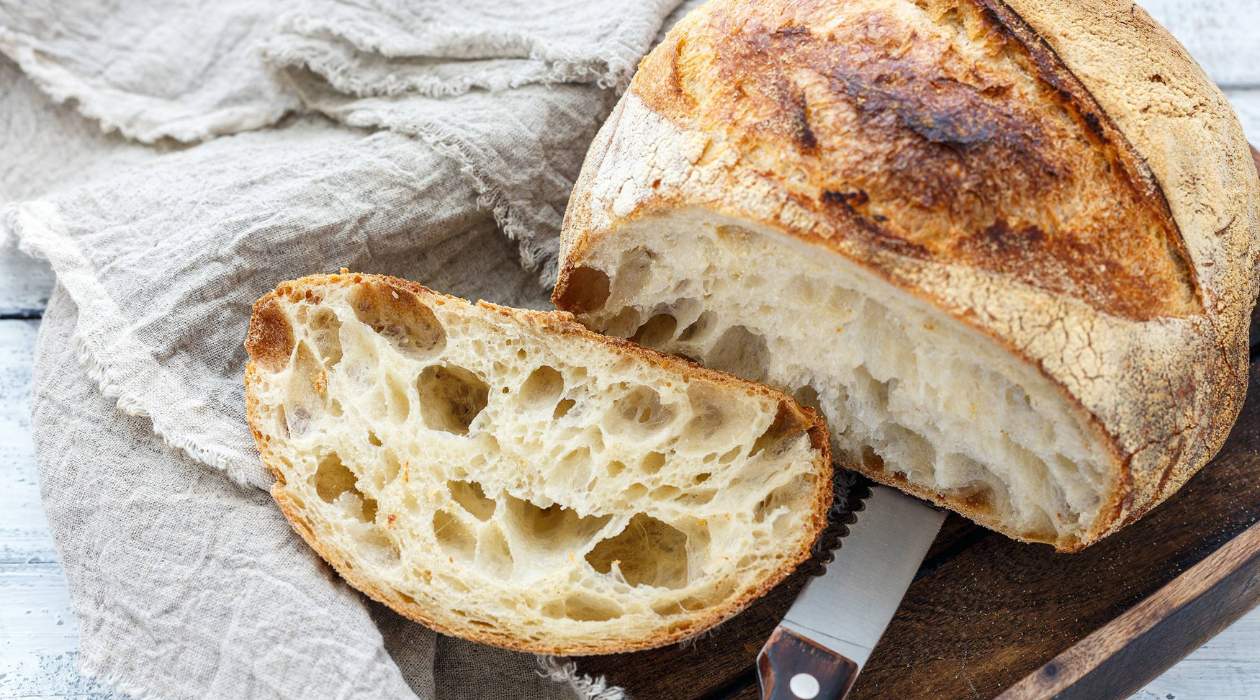
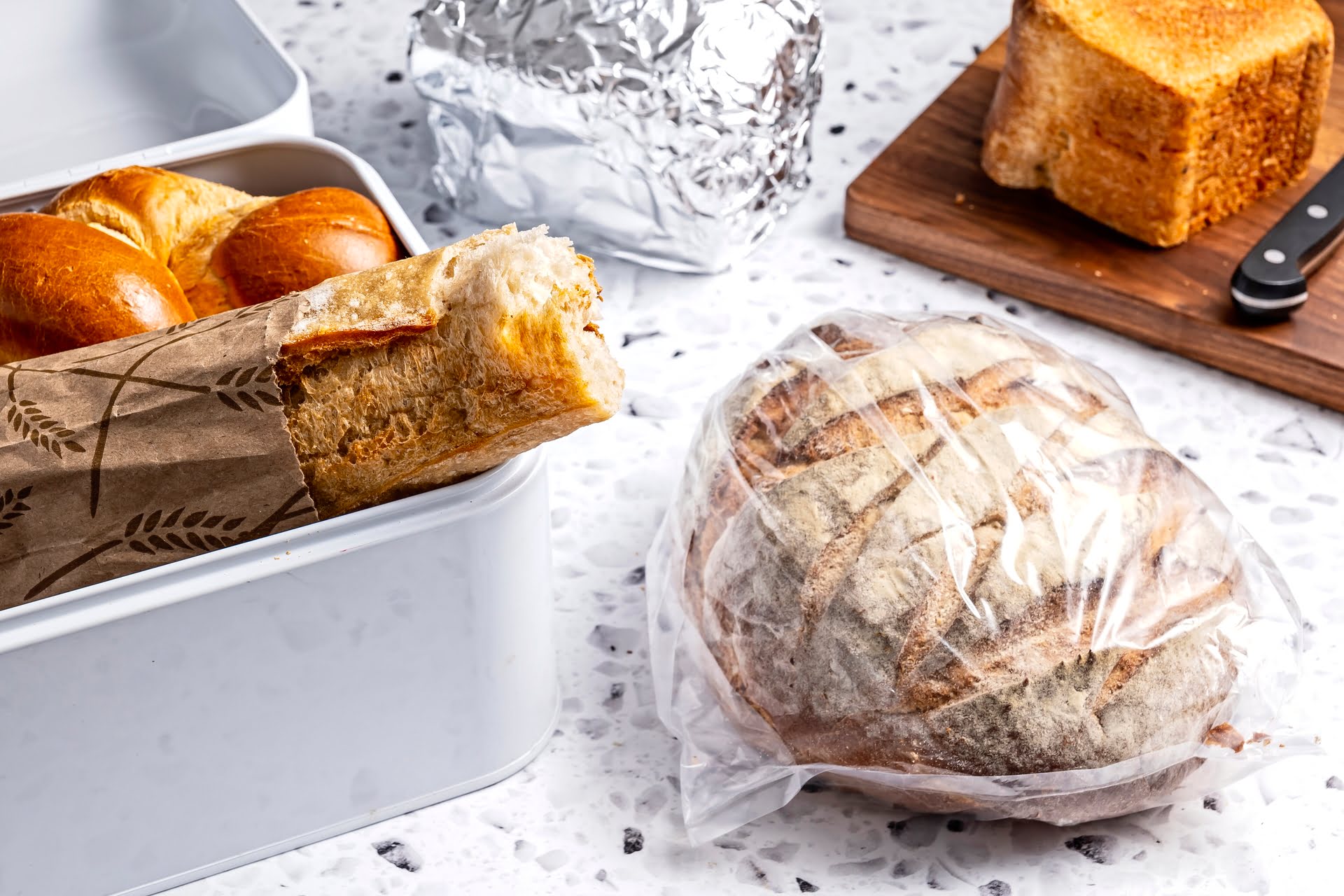
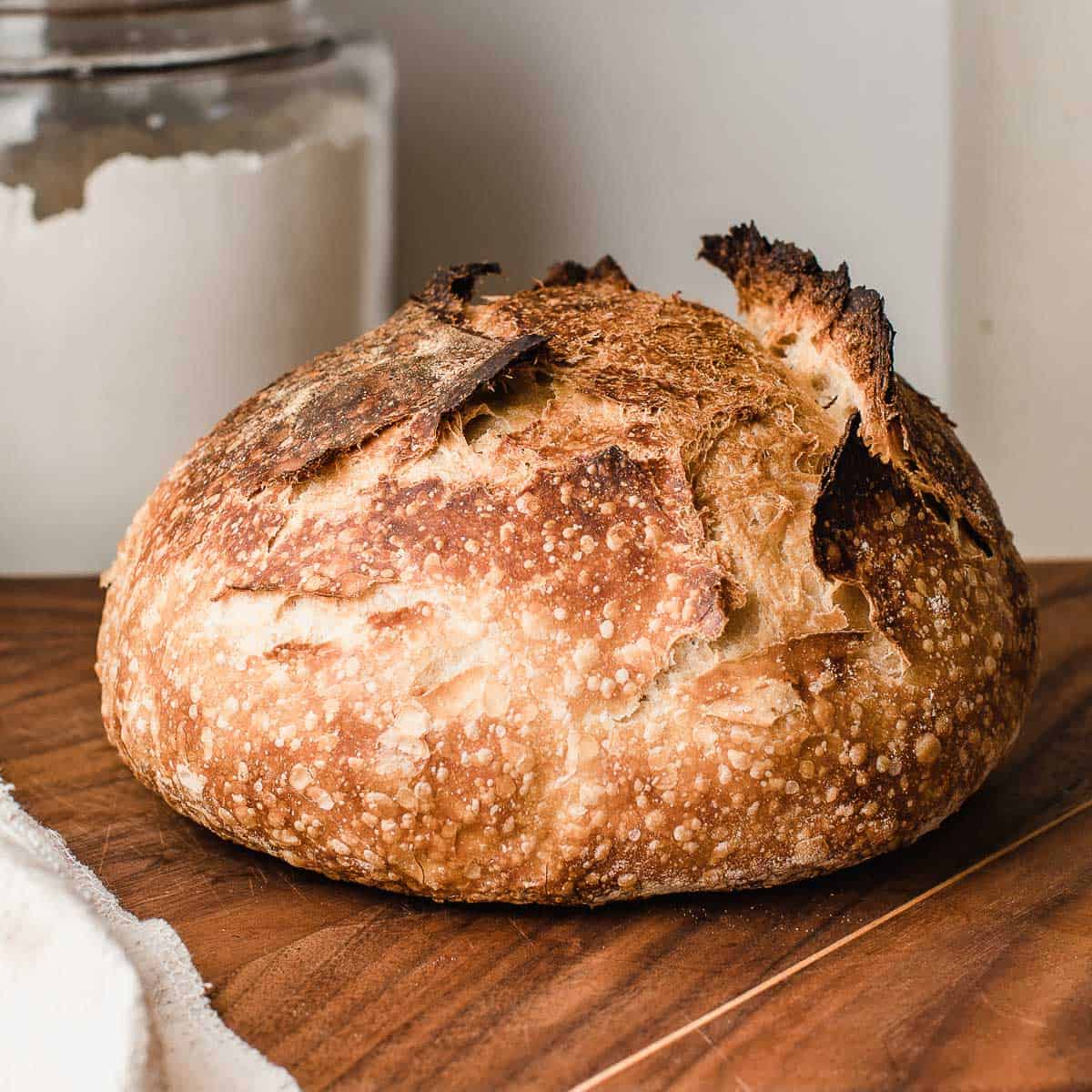
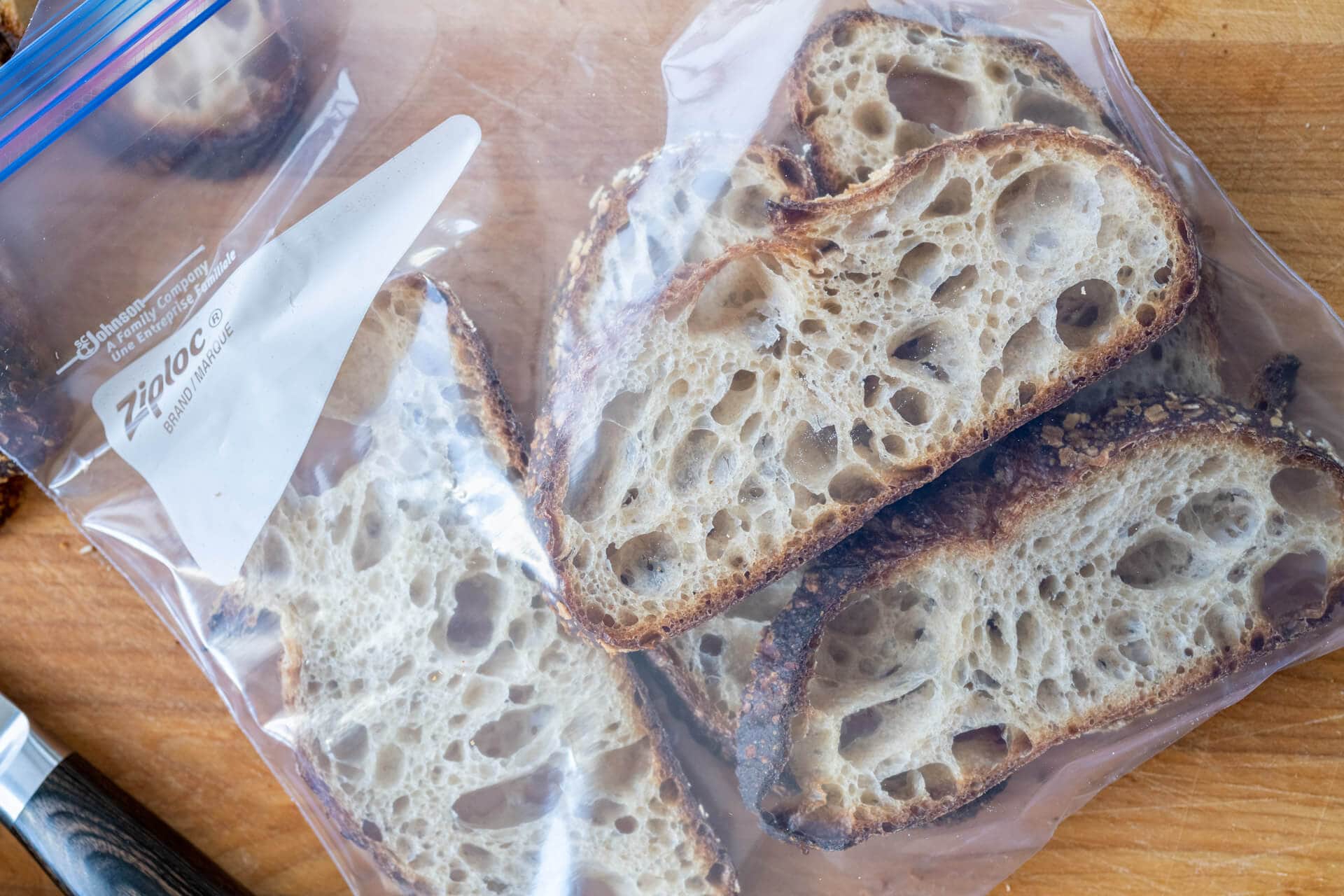
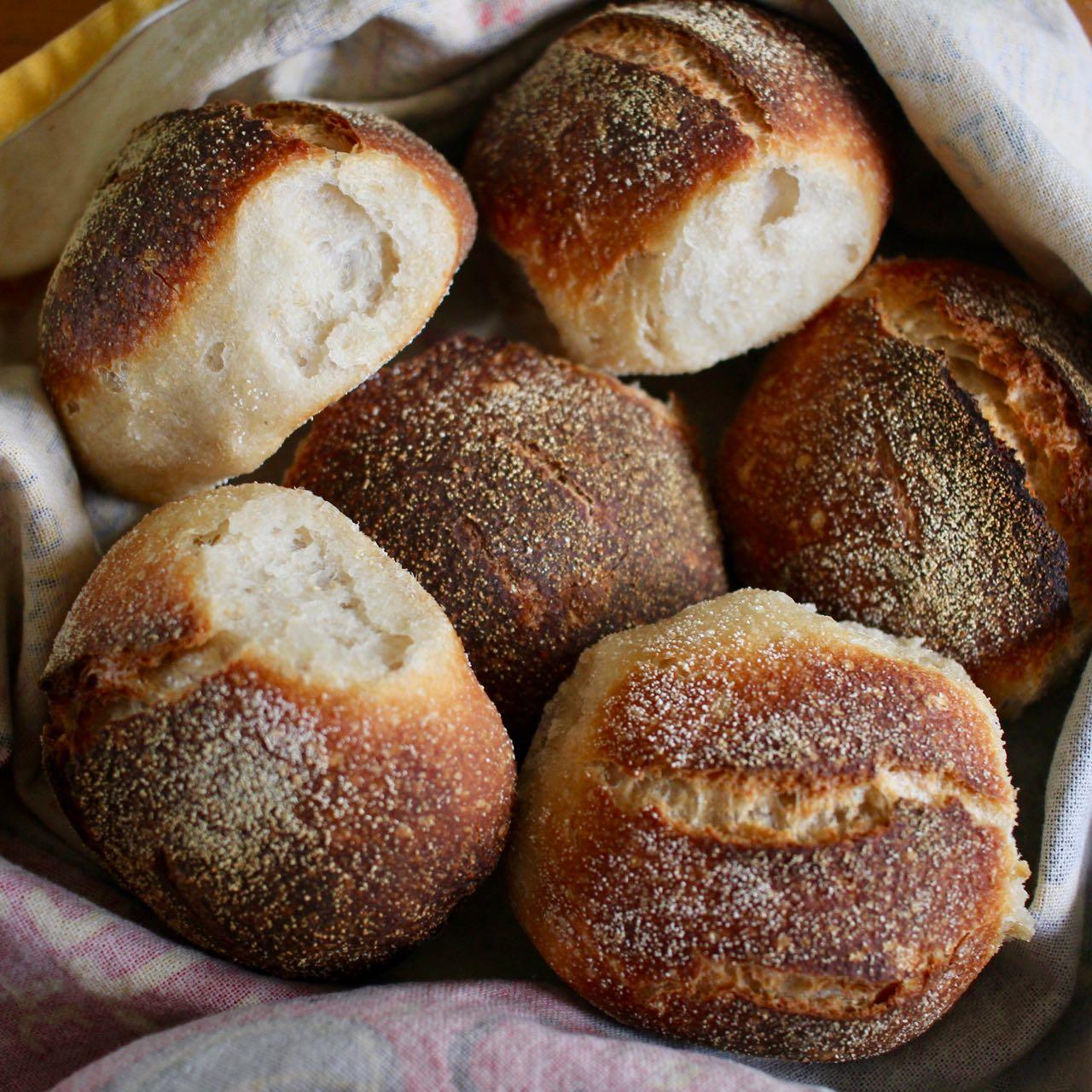
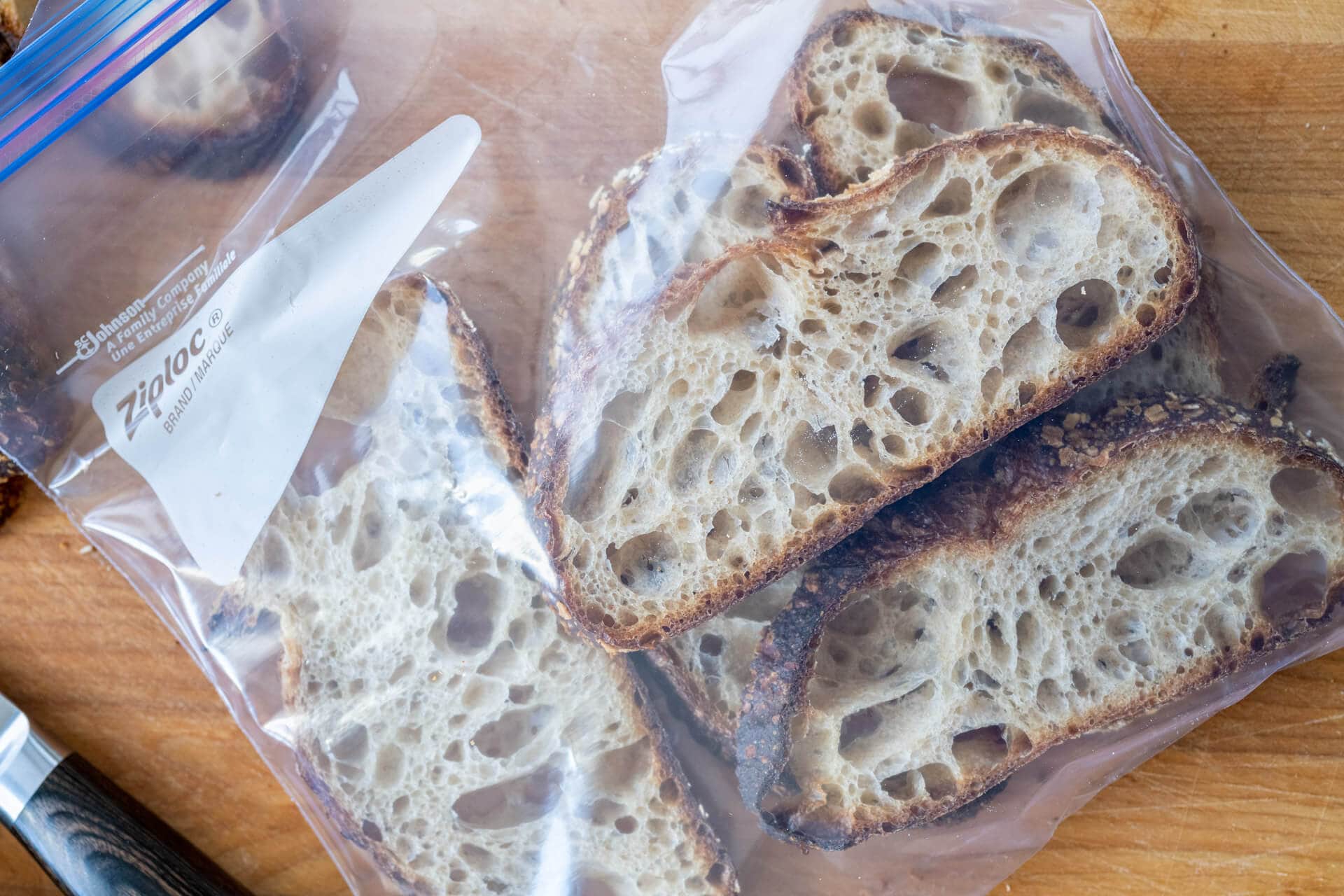

0 thoughts on “How To Store Sourdough Bread After Cutting”